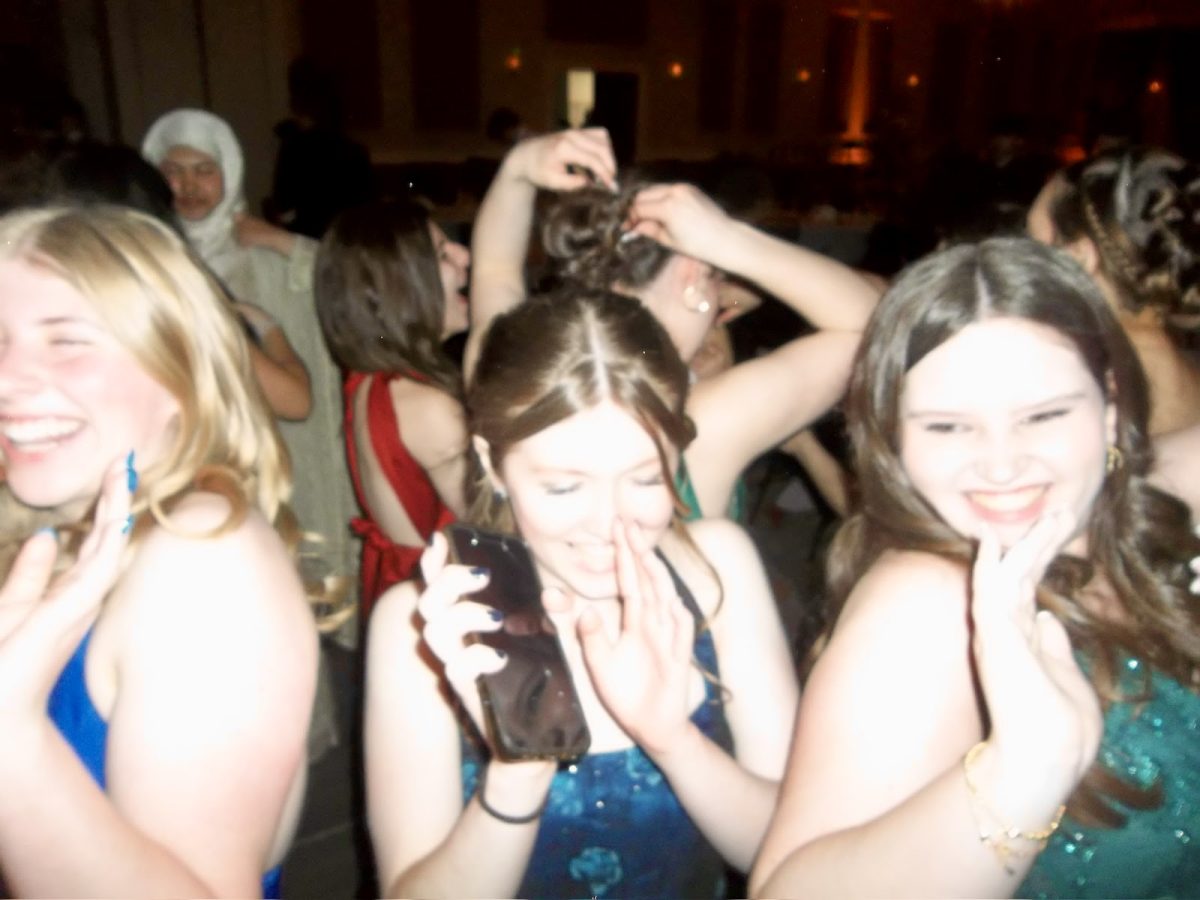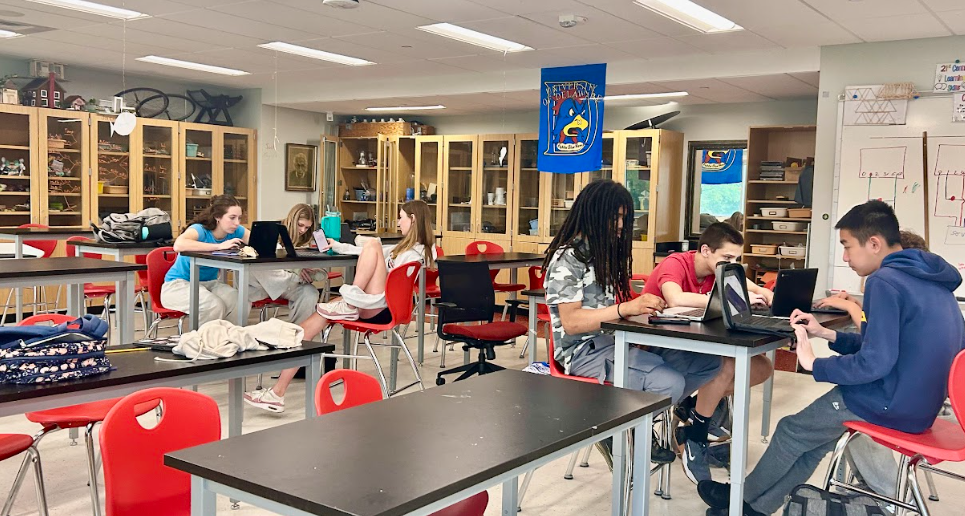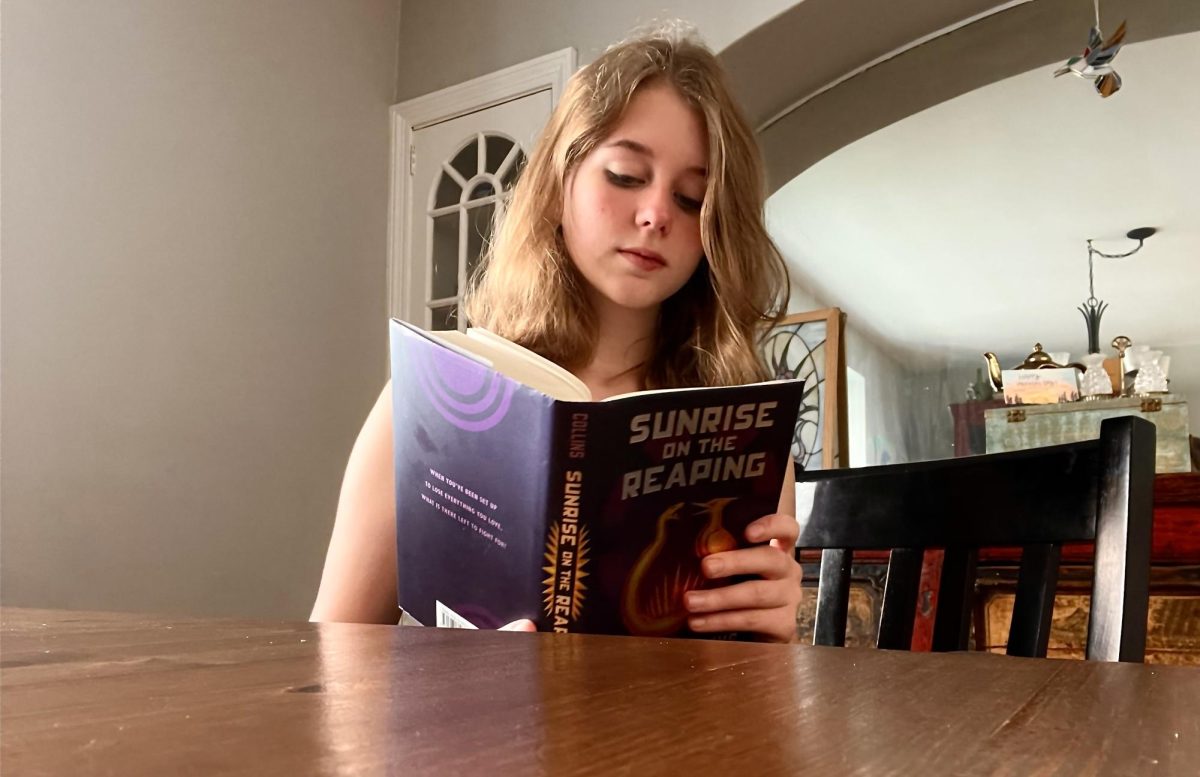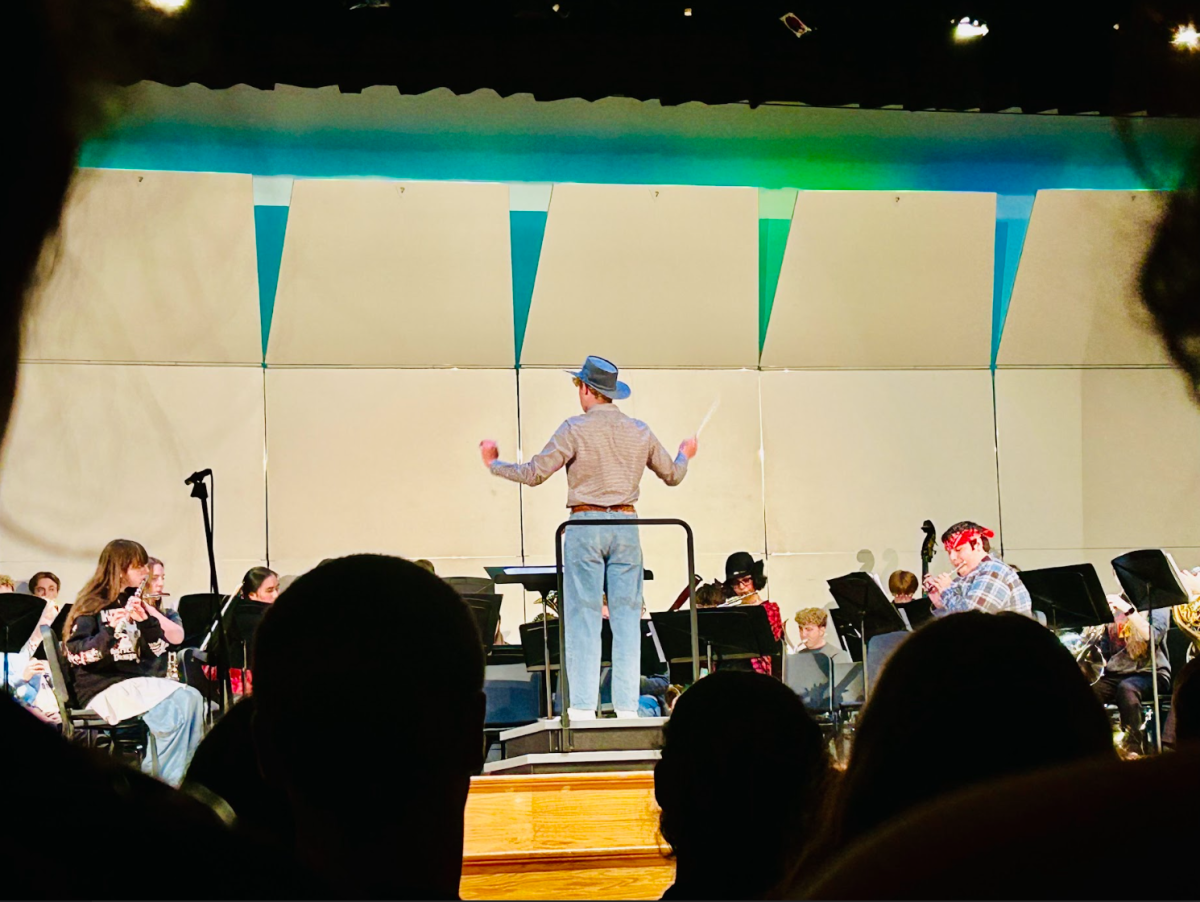Traditionally, there have been two stage productions at Haverford High School — a cut fall show and a no-cut spring show. The division between the two was clear: the fall show would be a less well-known show with a smaller ensemble, and the spring show would be a popular show with large ensemble features. This year, things have proven to be different. Both shows will have no cuts. Director Danny Walsh, who made the decision, states “I firmly believe that theatre should be accessible to everyone. As a theatre educator, I consider it my responsibility to create opportunities for all students eager to participate in the arts.” Accessibility for all is a core tenet of the theatre, especially for Haverford Drama Club. Is it possible to balance accessibility while maintaining a one-cut show policy?
Cuts from a show make the production manageable for everyone involved. The size of Haverford Drama Club, specifically the number of actors, makes it unfeasible to include ensemble members in more than a few scenes of any show. Some shows, like this year’s fall show “The Pajama Game,” only have a few numbers where a full ensemble is needed. Even within those numbers, there is only so much room on stage for the whole ensemble to be in the foreground. The lack of scenes on the stage can cause ensemble members to quit because the role feels more like a participation trophy than a real part. A large number of actors present in a cast can also make it more difficult for the production staff to dedicate attention evenly. Actors in all roles can feel like they aren’t getting the attention they deserve and therefore don’t feel encouraged to succeed.
More goes into a stage production than the actors. Both technical crews and costumes are overwhelmed with the amount of people demanding their attention. Assistant Stage Manager Nat Decter says, “[The no-cut policy] is definitely going to cause a lot of overcrowding…it won’t be much of a detriment to the performance, but it will be more difficult for everyone backstage.” Typically, more people backstage leads to less room for set pieces, props, and room for the tech crew to move, making neat storage and clear pathways integral to ensuring a smooth run for every show. An increase of actors backstage leads to more variability in where those actors will enter and exit, and slows transitions, due to the amount of people trying to offstage quickly. Spaces for quick costume changes will also be limited as actors could get in the way, slowing transitions further.
Of course, cuts can discourage aspiring participants from auditioning for shows. It could dissuade them from pursuing future acting roles in the school shows. While this may be the case, cuts are important to the social health of drama programs. Actress and drama educator Sarah Mattie from The Educator’s Room, an online news platform that shares educational instruction and curricula, writes, “Cuts are an important learning experience, both for those who plan to continue doing theatre and those who do not…no one gets every part they try out for. The best time to learn how to handle those disappointments is when you are young and emotional responses are more acceptable.”
Additionally, there are more opportunities in Drama Club than performing on stage. Students are able to help out with tech crew and costumes, apply for positions in the production staff, usher shows, design artwork for the show, and promote the production to local businesses. The Haverford Drama Club encourages students to join these alternative programs even if they are cast in shows to foster a better sense of community in the club.
Cuts offer those looking to get involved in theatre the reality of the industry: people get cut. People are cast into roles they don’t want. People who they deem to be “less qualified” get the role instead of them. Some performers are suited for a certain role. Cuts allow the best cast to be shown in each production, but that doesn’t equate to that “best” cast being the best for every show. In all levels of drama production, cuts offer students learning opportunities and the empowerment of rejection — to grow as performers. The previous system established allowed for all actors to participate in at least one show during the school year without making them the background to the production; it would be beneficial for them to have it reinstated. At the end of the day, it’s all about balancing accessibility and professionalism in the theatre.
















Jayshing • Oct 10, 2024 at 6:28 am
Sam! This is a very difficult topic because of how current it is in school controversy! You handled it really well and I 100% agree.